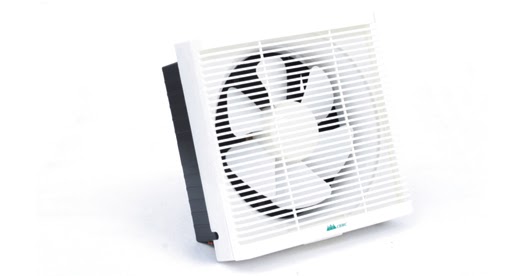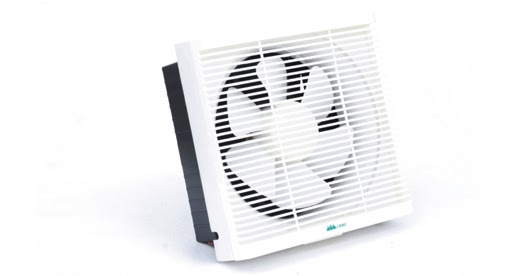The project is to establish a factory for manufacturing air extractors. The factory manufactures products such as: (20 cm regular air extractors – 25 cm regular air extractors – 30 cm regular air extractors – (600×520×895) mm central air extractors – (581×520×895) mm central air extractors – (535×500×895) mm central air extractors – other extractors according to customer requirements). The sectors targeted by the project are: (homes – restaurants – hotels – furnished apartments – hospitals – health centers), due to the increasing demand for these products in the target markets. The feasibility study of the air extractor factory project shows that the project is one of the investment opportunities that achieve high economic returns.

Mashroo3k Company for Feasibility Studies and Business Plans is responsible for preparing a feasibility study for an air extractor factory project from the marketing, technical and financial aspects. Its specialized team analyzes the main idea of the project, its size, components and nature. It also studies and researches the size of the market, competitors and products that the factory will provide, and the marketing gap between supply and demand. It also analyzes the target markets. After studying the market size, it becomes clear that there is a great need for the project’s products, which are: (20 cm regular hoods – 25 cm regular hoods – 30 cm regular hoods – (600 x 520 x 895) mm central hoods – (581 x 520 x 895) mm central hoods – (535 x 500 x 895) mm central hoods – other hoods according to customer requirements). The factory’s products are equipped with a two-way rotary switch for suction and expulsion and an operation switch by a tension wire. The rear windows are tightly sealed and cannot be removed. The hood draws or sucks oils and odors resulting from food preparation, thus preventing the accumulation of oils and fats in the kitchen. The factory provides its products using the latest production technology, relying on a team of distinguished technicians and administrators to provide products with a special character for the various targeted sectors, which are: (Homes – Restaurants – Hotels – Furnished Apartments – Hospitals – Health Centers), and the factory seeks to acquire the largest possible percentage of the marketing gap between supply and demand for products, and also seeks to take maximum advantage of the increased demand for these products in the target markets.




The Kingdom of Saudi Arabia has paved the way for development with its ambitious Vision 2030, which aims at economic diversification, the renaissance of non-oil sectors and increasing the contribution of the private sector to GDP, and this can only be achieved through the renaissance of industry and mining as two main tributaries in major economies, and the Kingdom is determined to increase their participation in its GDP by about 15%. When talking about industry in the Kingdom, it should be noted that it was not born out of the moment, but rather it has been extended and rooted since the discovery of oil in the Kingdom in the late thirties of the last century. Over the decades, the Kingdom spared no effort to develop its industry; it established the Industrial Development Fund (1974), the Royal Commission for Jubail and Yanbu (1975), and SABIC in 1976. The roles and tasks undertaken by these institutions and the programs they worked on to grow the industrial sector and develop its performance and working mechanisms are no secret to anyone. As a result of the efforts exerted years ago in this direction, the number of factories in the Kingdom today has increased to more than 10,000 factories. We, mashroo3k, believe in the importance of the industrial sector and its role in driving the economy, so we will present its most important indicators below so that anyone wishing to invest in it can be aware of them:
